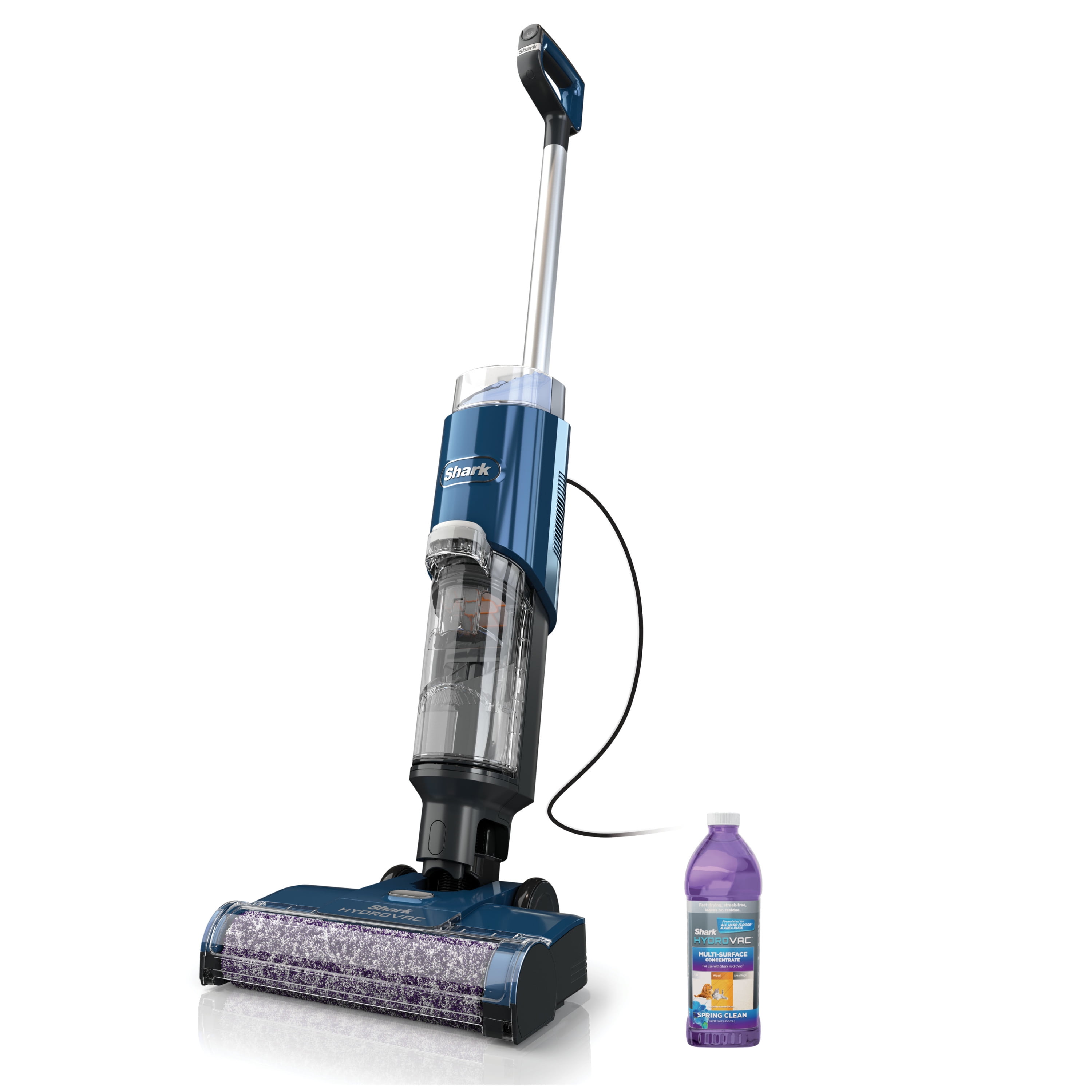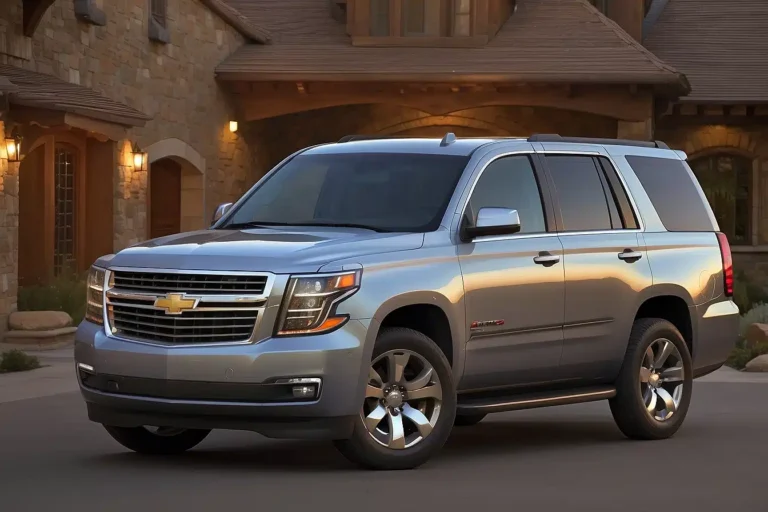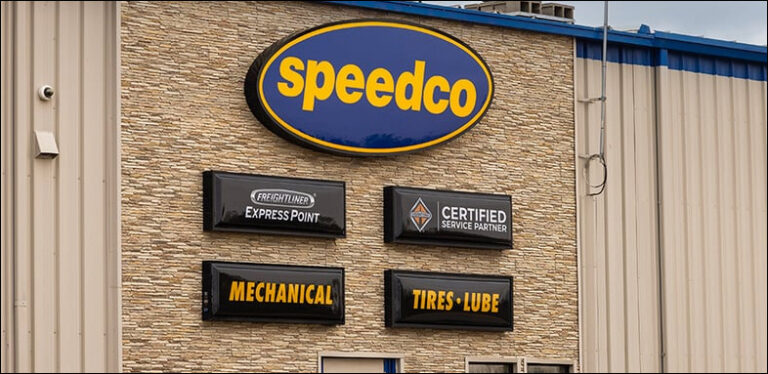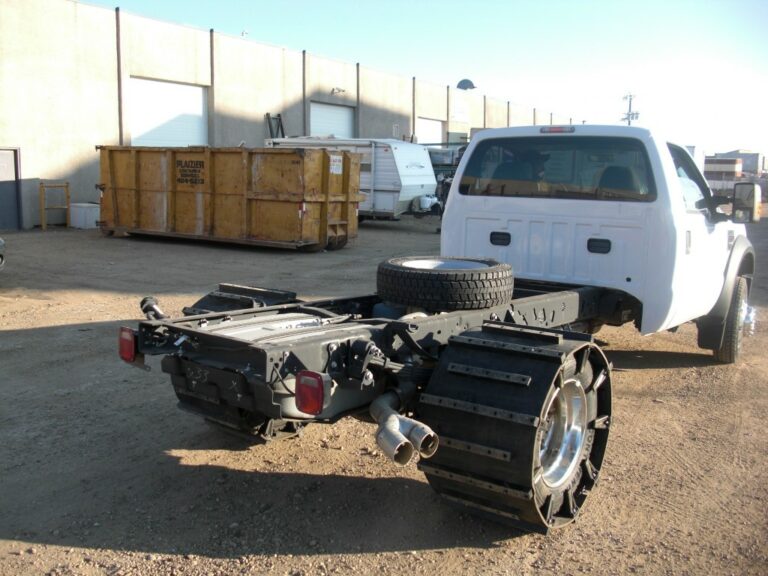Vacuum Water Trucks For Sale: Your Comprehensive Guide to Essential Liquid Waste Management
Vacuum Water Trucks For Sale: Your Comprehensive Guide to Essential Liquid Waste Management cars.truckstrend.com
In the demanding world of industrial operations, construction, municipal services, and environmental management, the efficient handling and transport of liquid waste, slurries, and even clean water for specific tasks is paramount. Enter the Vacuum Water Truck, an indispensable workhorse designed to suction, contain, and transport various fluids with unparalleled efficiency. More than just a simple tank on wheels, these specialized vehicles are equipped with powerful vacuum systems that make them vital assets for a multitude of applications, from septic tank pumping and oilfield operations to hydro-excavation and emergency spill response.
This comprehensive guide delves into everything you need to know about vacuum water trucks for sale, offering insights into their function, types, critical considerations for purchase, and practical advice to help you make an informed decision.
Vacuum Water Trucks For Sale: Your Comprehensive Guide to Essential Liquid Waste Management
What Exactly is a Vacuum Water Truck?
At its core, a vacuum water truck is a heavy-duty vehicle featuring a large, sealed tank mounted on a truck chassis, coupled with a powerful vacuum pump system. The vacuum pump creates negative pressure (a vacuum) within the tank, allowing it to draw in liquids, sludges, and sometimes even solids through a suction hose. Once the material is collected, the tank can be pressurized or gravity-drained for discharge at a designated disposal or treatment site.
While the term "vacuum water truck" might imply it only handles water, in practice, these trucks are versatile workhorses capable of managing a wide array of non-corrosive and sometimes corrosive liquids, including:
- Septic waste: Pumping out residential and commercial septic tanks.
- Slurries: Handling drilling mud, concrete washout, and other viscous mixtures.
- Industrial waste: Collecting wastewater, oils, and chemical byproducts from manufacturing plants.
- Stormwater management: Clearing catch basins, culverts, and storm drains.
- Hydro-excavation: Using high-pressure water to loosen soil, which is then vacuumed up, for safe excavation around underground utilities.
- Spill cleanup: Responding to and containing liquid spills.
- Agricultural applications: Manure hauling, water transfer for irrigation.
- Construction dewatering: Removing standing water from construction sites.
:max_bytes(150000):strip_icc()/prod_19099845512-5b86b03fc9e77c007be8e0b6.jpeg)
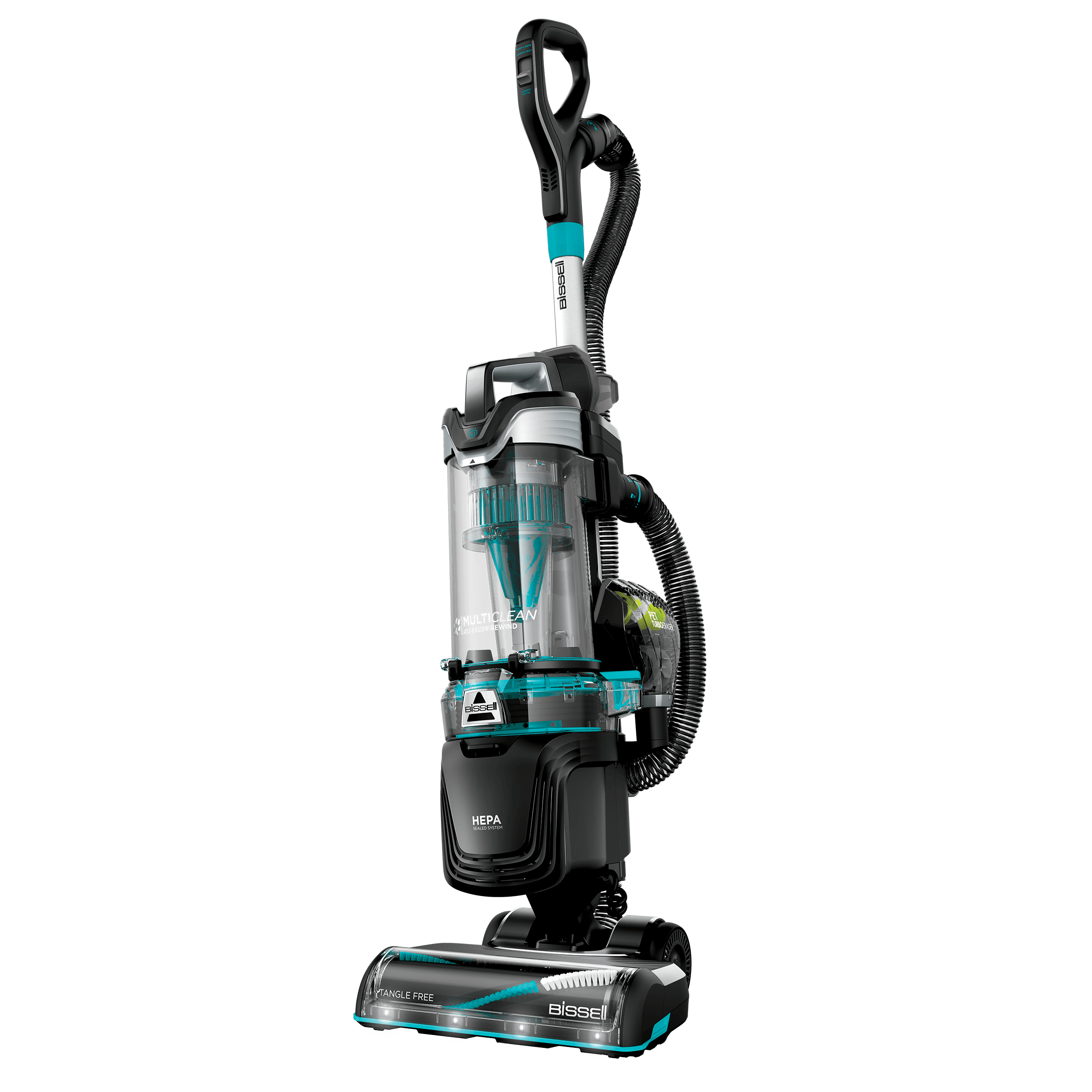
Their ability to safely and efficiently transport significant volumes of liquid waste makes them a cornerstone of modern infrastructure and environmental services.
Key Applications and Industries Benefiting from Vacuum Water Trucks
The utility of vacuum water trucks spans across numerous sectors, each leveraging their capabilities for specific needs:
- Municipalities & Public Works: Essential for maintaining sewer systems, cleaning storm drains, managing wastewater treatment plants, and emergency flood response.
- Construction & Excavation: Used for dewatering trenches, removing drilling mud, and increasingly for precision hydro-excavation to prevent damage to buried lines.
- Oil & Gas Industry: Crucial for managing drilling fluids, well completions, produced water, and spill containment at exploration and production sites.
- Environmental Services & Waste Management: A backbone for septic service companies, hazardous waste disposal, and general liquid waste collection.
- Agriculture: Employed for transporting water, liquid fertilizers, and animal waste (manure).
- Industrial Facilities: For routine cleanouts, managing process wastewater, and responding to accidental spills.
:max_bytes(150000):strip_icc()/81VuilBpmhL._SL1500_-5b86b28cc9e77c0025173f77.jpg)
Benefits of Investing in a Vacuum Water Truck
Acquiring a vacuum water truck offers significant advantages for businesses and organizations involved in liquid waste management:
- Efficiency & Speed: Powerful vacuum systems allow for rapid suction and transfer of large volumes of liquid, drastically reducing operational time compared to manual methods.
- Safety: Minimizes human contact with potentially hazardous or unsanitary materials, enhancing worker safety. Enclosed tanks prevent spills during transport.
- Versatility: Capable of handling a wide range of liquids, from clean water to thick sludges, making them adaptable to diverse job requirements.
- Environmental Compliance: Enables responsible collection and transport of waste, helping businesses meet environmental regulations and prevent pollution.
- Cost-Effectiveness: Reduces labor costs and improves productivity, leading to long-term operational savings. A well-maintained truck offers a strong return on investment.
- Revenue Generation: For service providers, a vacuum truck is a direct revenue generator, allowing them to offer specialized liquid waste management services.
Types and Configurations of Vacuum Water Trucks
Vacuum water trucks come in various configurations, primarily differentiated by tank capacity, material, and the type of vacuum pump.
1. By Tank Capacity:
- Small (500-2,000 Gallons): Ideal for residential septic services, light construction dewatering, or confined spaces. Often mounted on single-axle chassis.
- Medium (2,000-4,000 Gallons): Versatile for commercial septic, municipal work, and smaller industrial applications. Typically on tandem-axle trucks.
- Large (4,000-6,000+ Gallons): Suited for heavy industrial waste, oilfield operations, and large-scale municipal projects. Often on tri-axle or custom heavy-duty chassis.
2. By Tank Material:
- Carbon Steel: Most common and cost-effective. Suitable for general non-corrosive liquids like septic waste, mud, and water. Requires internal coating for some applications.
- Aluminum: Lighter weight, allowing for higher payloads and better fuel efficiency. Ideal for non-corrosive liquids and often preferred where weight limits are strict.
- Stainless Steel: The premium choice for corrosive chemicals, food-grade liquids, or applications requiring strict hygiene. More expensive but offers superior durability and resistance.
3. By Vacuum Pump Type:
- Rotary Vane Pumps: Common, reliable, and relatively inexpensive. Good for general vacuum work.
- Liquid Ring Pumps: Excellent for high-volume, continuous duty, and handling liquids with vapors or aggressive gases. More complex and expensive.
- Positive Displacement Blowers: Offer high airflow for quick material transfer, often used in combination with other systems for specific applications.
4. New vs. Used Vacuum Water Trucks:
- New Trucks: Offer the latest technology, full warranties, customization options, and often better fuel efficiency and emissions compliance. Higher initial investment.
- Used Trucks: More budget-friendly, quicker availability. Requires thorough inspection, as wear and tear on pumps and tanks can be significant. Excellent value if well-maintained.
Important Considerations When Buying a Vacuum Water Truck
Purchasing a vacuum water truck is a significant investment. Careful consideration of these factors will ensure you select the right vehicle for your needs:
- Define Your Primary Application: What types of materials will you primarily be hauling? This dictates tank material, pump size, and special features.
- Required Capacity: Match the tank size to the typical job volume. Over-specifying can lead to unnecessary costs and reduced maneuverability, while under-specifying means more trips and lower efficiency.
- Vacuum Pump Performance (CFM): Cubic Feet per Minute (CFM) indicates the pump’s suction power. Higher CFM means faster loading. Consider the viscosity and density of the materials you’ll be handling.
- Chassis & Drivetrain:
- Engine Power: Sufficient horsepower for heavy loads and varying terrains.
- Axle Configuration: Single, tandem, or tri-axle depending on gross vehicle weight rating (GVWR) and payload requirements.
- Transmission: Manual or automatic. Automatics are often preferred for ease of operation and less operator fatigue.
- 4×4 Capability: Essential for off-road applications like oilfields or remote construction sites.
- Tank Features:
- Internal Coatings/Linings: For corrosive materials.
- Full-Opening Rear Door: For easy cleaning and maintenance.
- Level Indicators: To monitor tank fill levels.
- Heating Systems: For preventing freezing in cold climates or managing viscous materials.
- Agitation Systems: For keeping solids suspended in slurries.
- Safety Features: Overfill protection, emergency shut-offs, rollover protection, proper lighting, backup cameras, and accessible controls are crucial.
- Regulatory Compliance: Ensure the truck meets all federal, state, and local Department of Transportation (DOT) regulations, environmental protection agency (EPA) standards, and any specific industry certifications (e.g., hazmat if applicable).
- Budget: Balance initial purchase price with long-term operating costs, maintenance, and potential revenue generation.
- After-Sales Support & Parts Availability: Choose a reputable dealer or manufacturer known for good customer service, readily available parts, and qualified technicians.
Tips for a Successful Purchase
- Thorough Research: Don’t rush. Compare models, features, and pricing from multiple manufacturers and dealers.
- Inspect Used Trucks Meticulously:
- Tank Integrity: Check for dents, rust, leaks, and signs of structural fatigue. Look inside for corrosion or pitting.
- Vacuum Pump: Listen for unusual noises. Check oil levels and condition. Ask for maintenance records.
- Chassis: Inspect tires, brakes, suspension, frame, and engine for leaks or damage.
- Hoses & Valves: Ensure they are in good condition and operate smoothly.
- Test Drive: Operate all functions, including the vacuum system, to ensure everything works as expected.
- Understand Warranty (New & Used): For new trucks, know what’s covered. For used, inquire about any remaining manufacturer warranty or dealer-provided limited warranties.
- Consider Financing Options: Dealers often have financing partners. Explore leasing vs. buying to find the best financial fit for your business.
- Calculate Total Cost of Ownership (TCO): Beyond the purchase price, factor in fuel, maintenance, insurance, licensing, and potential repairs over the vehicle’s lifespan.
Maintenance and Longevity
Proper maintenance is key to maximizing the lifespan and efficiency of your vacuum water truck.
- Regular Oil Changes: For both the engine and the vacuum pump.
- Filter Replacements: Air filters, oil filters, and vacuum pump filters must be changed regularly.
- Tank Cleaning: Frequent cleaning prevents build-up, corrosion, and cross-contamination.
- Hose Inspection: Check for cracks, leaks, and blockages.
- Valve Lubrication: Keep all valves operating smoothly.
- Chassis Maintenance: Regular greasing, brake checks, and tire rotations are essential.
Potential Challenges and Solutions
- Downtime: Unexpected breakdowns can be costly. Solution: Implement a rigorous preventative maintenance schedule and ensure quick access to parts and qualified service technicians.
- Regulatory Changes: Environmental regulations can evolve. Solution: Stay informed about local, state, and federal laws to ensure ongoing compliance. Invest in trucks that offer flexibility for future adaptations.
- Skilled Operators: Operating a vacuum truck requires specific skills. Solution: Provide comprehensive training for your operators on safety, maintenance, and efficient operation.
- Corrosion: Handling various liquids can lead to tank and pump corrosion. Solution: Choose appropriate tank materials and coatings, and implement strict cleaning protocols, especially after handling corrosive substances.
Vacuum Water Truck Price Guide
The cost of a vacuum water truck varies significantly based on capacity, material, pump type, chassis, and whether it’s new or used. This table provides a general price range.
| Category | Capacity (Gallons) | Tank Material (Common) | New Price Range (USD) | Used Price Range (USD) | Key Features/Notes |
|---|---|---|---|---|---|
| Small / Septic Service | 500 – 1,500 | Carbon Steel | $80,000 – $150,000 | $30,000 – $70,000 | Good for residential, tight spaces. Often single-axle. |
| Medium / Municipal & Commercial | 2,000 – 3,500 | Carbon Steel / Aluminum | $150,000 – $250,000 | $60,000 – $150,000 | Versatile workhorse. Tandem-axle common. |
| Large / Industrial & Oilfield | 4,000 – 6,000+ | Carbon Steel / Aluminum | $250,000 – $400,000+ | $100,000 – $250,000+ | High capacity, heavy-duty chassis. Tri-axle or custom. |
| Specialized (Hydro-Excavation) | 500 – 1,500 (Debris) | Carbon Steel | $300,000 – $600,000+ | $150,000 – $350,000+ | Includes high-pressure water system, specialized debris tank. |
| Specialized (Stainless Steel) | Varies | Stainless Steel | $200,000 – $500,000+ | $80,000 – $250,000+ | For corrosive or sensitive materials. Higher durability, higher cost. |
Note: Prices are estimates and can vary significantly based on manufacturer, specific features, chassis condition (for used), market demand, and economic factors.
Frequently Asked Questions (FAQ) About Vacuum Water Trucks
Q1: What’s the main difference between a "Vacuum Water Truck" and a standard "Water Truck"?
A1: A standard water truck is primarily designed for transporting and dispensing clean water (e.g., for dust suppression, concrete mixing). A vacuum water truck, while it can transport water, is specifically equipped with a powerful vacuum pump to suction and collect various liquids, slurries, and waste materials. The "vacuum" capability is its defining feature.
Q2: How often should a vacuum truck be serviced?
A2: Regular servicing depends on usage, but typically, engine and chassis maintenance follows standard truck schedules (e.g., every 10,000-15,000 miles or 250-500 hours). The vacuum pump and tank components require more frequent checks, often daily or weekly, including checking pump oil, filters, and inspecting hoses and valves. Annual professional inspections are also recommended.
Q3: Can I use a vacuum truck for hazardous materials?
A3: Only if the truck is specifically designed and certified for hazardous materials (HazMat) transport. This requires specialized tanks (e.g., stainless steel with specific linings), sealed systems, advanced safety features, and compliance with stringent DOT and EPA regulations (e.g., DOT 407/412 specifications). Using a standard vacuum truck for HazMat is extremely dangerous and illegal.
Q4: What does "CFM" mean in relation to a vacuum pump?
A4: CFM stands for "Cubic Feet per Minute." It’s a measure of the vacuum pump’s airflow rate, indicating how quickly it can move air (and thus create a vacuum to draw in liquids). Higher CFM generally means faster loading times, especially for thicker or more viscous materials.
Q5: What’s the typical lifespan of a vacuum water truck?
A5: With proper maintenance, a vacuum water truck can have a long lifespan, often 15-20 years or more for the chassis, and potentially longer for the tank if it’s well-maintained and free from corrosion. The vacuum pump might need rebuilding or replacement every 5-10 years, depending on usage intensity and maintenance.
Q6: Are there specific training requirements for operating a vacuum truck?
A6: Yes. While a commercial driver’s license (CDL) is usually required due to the vehicle’s weight, operators also need specialized training in vacuum system operation, safety protocols (e.g., confined space entry if applicable), proper material handling, and understanding the specific features of their truck model.
Conclusion
Vacuum water trucks are more than just vehicles; they are critical tools that underpin the functionality of numerous industries and public services. From ensuring environmental cleanliness to supporting vital infrastructure projects, their ability to efficiently and safely manage liquid waste is indispensable. When considering vacuum water trucks for sale, an informed decision based on a thorough understanding of your operational needs, budget, and the various available configurations will lead to a successful investment. By prioritizing quality, safety, and proper maintenance, your vacuum water truck will serve as a reliable and profitable asset for years to come, ensuring efficient liquid waste management and contributing to a cleaner, safer environment.
